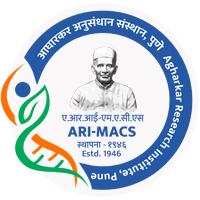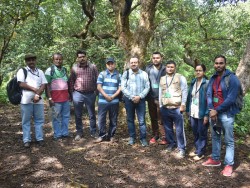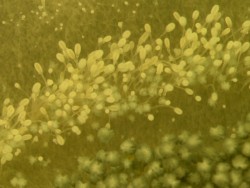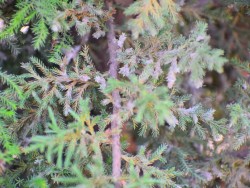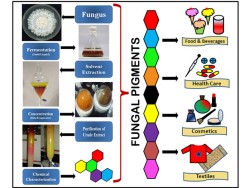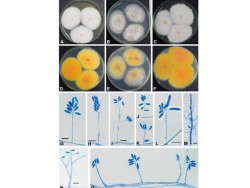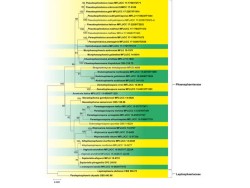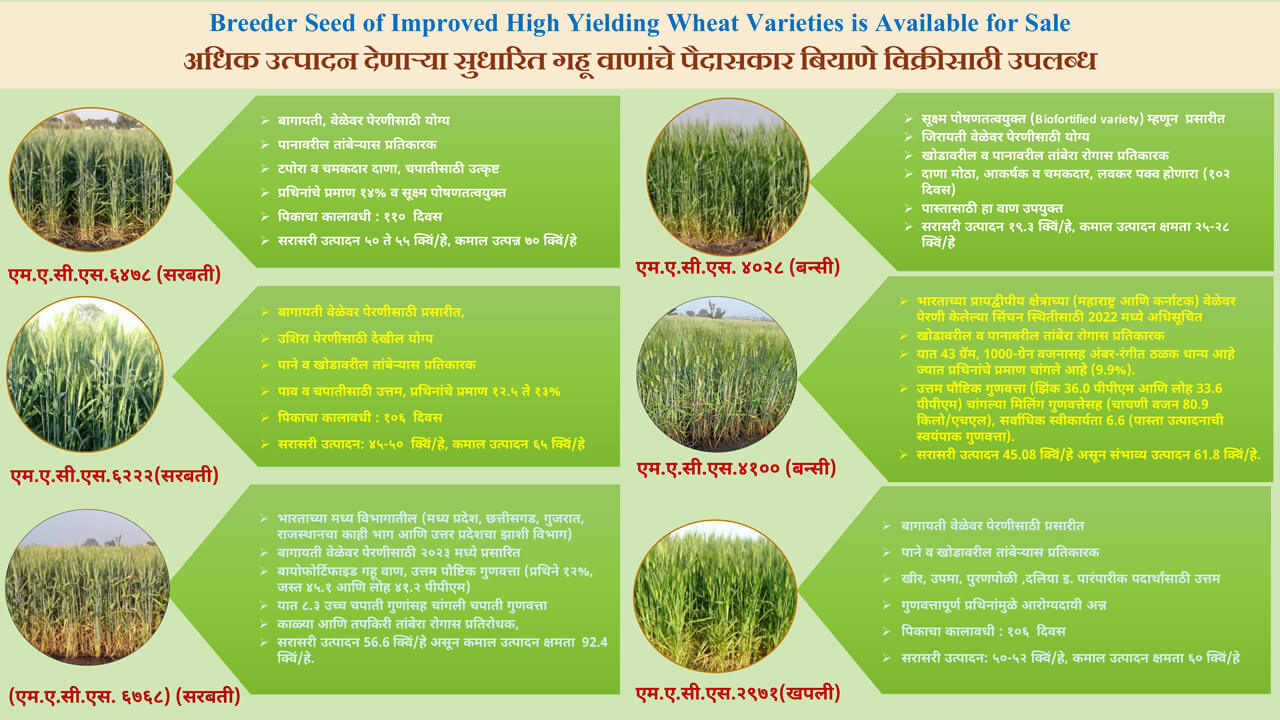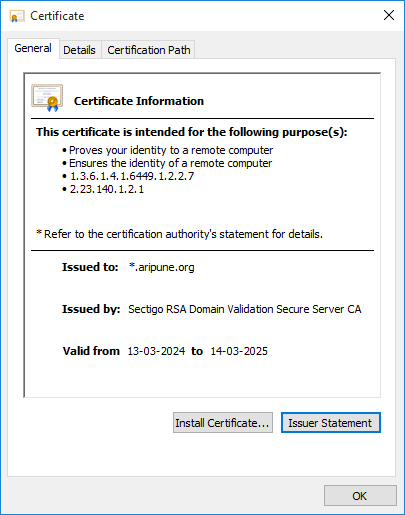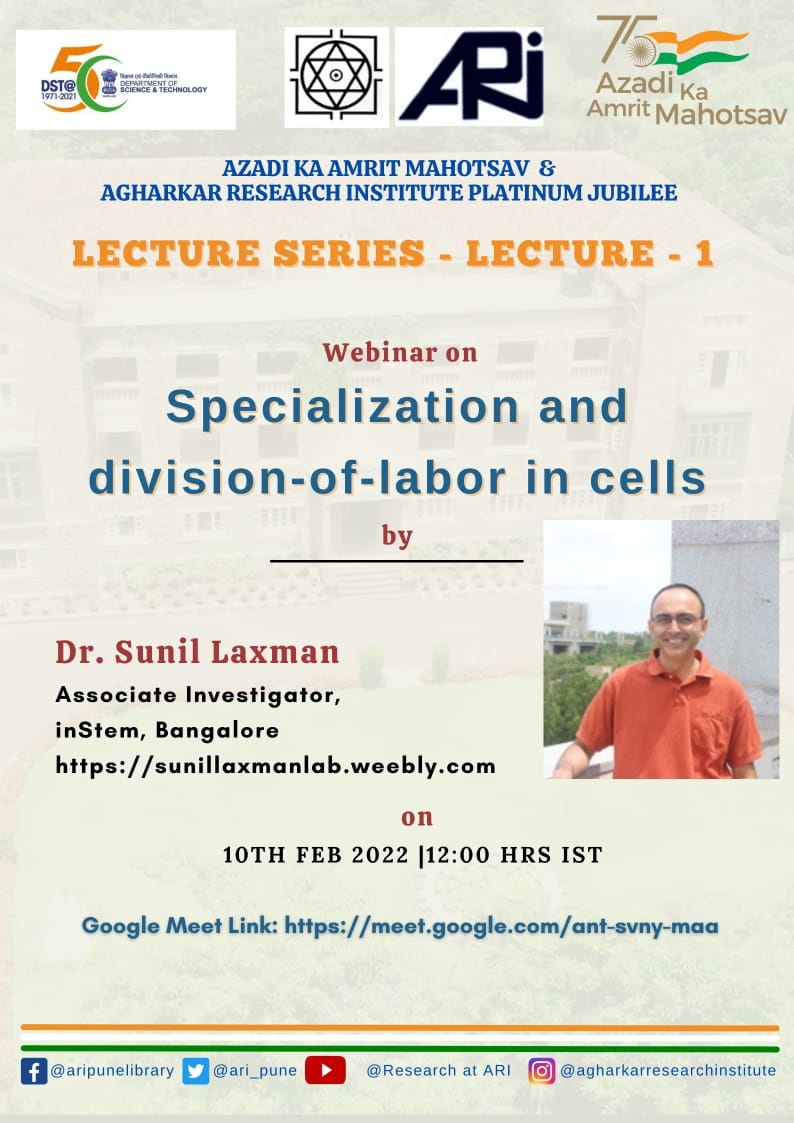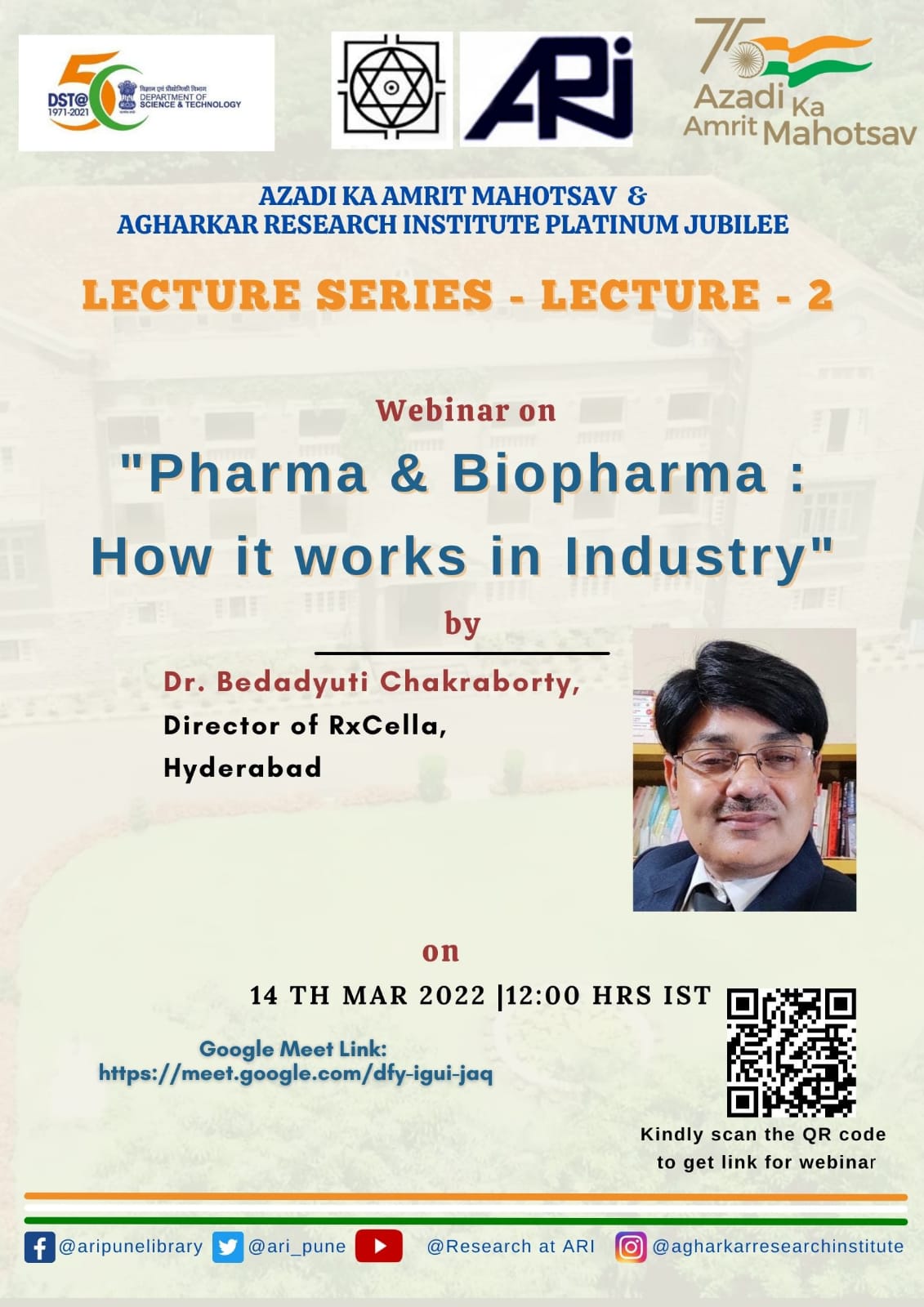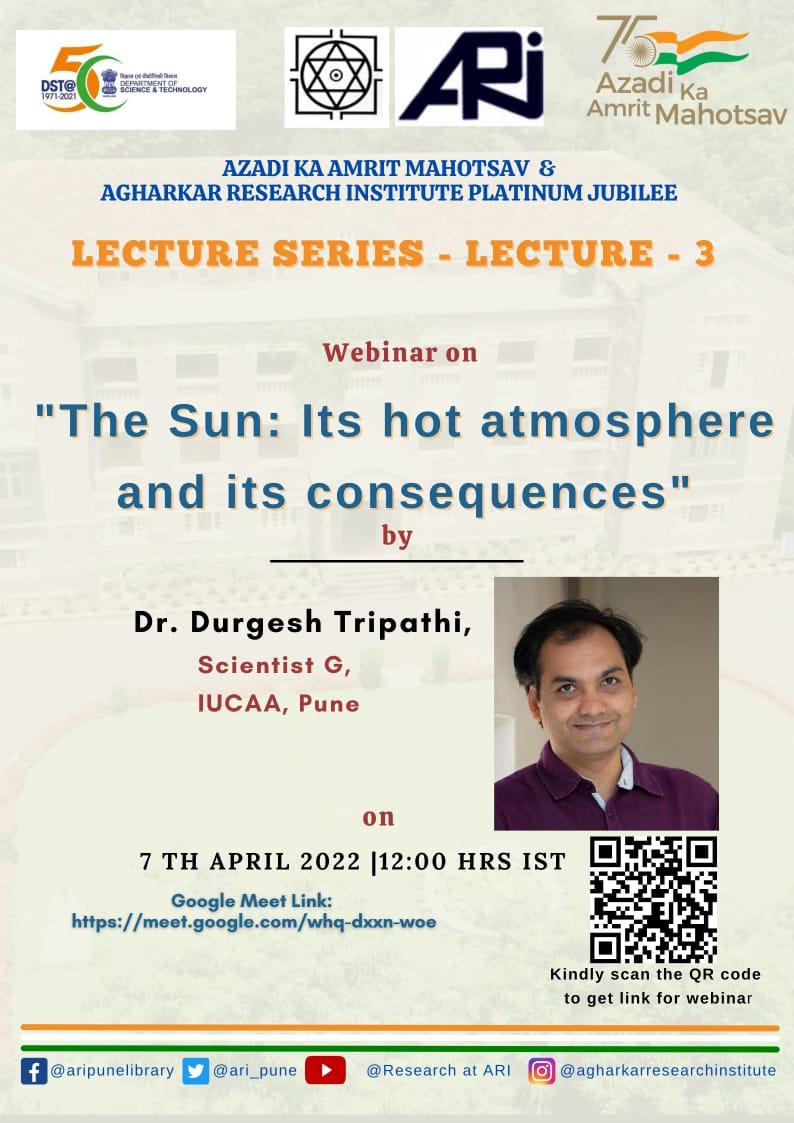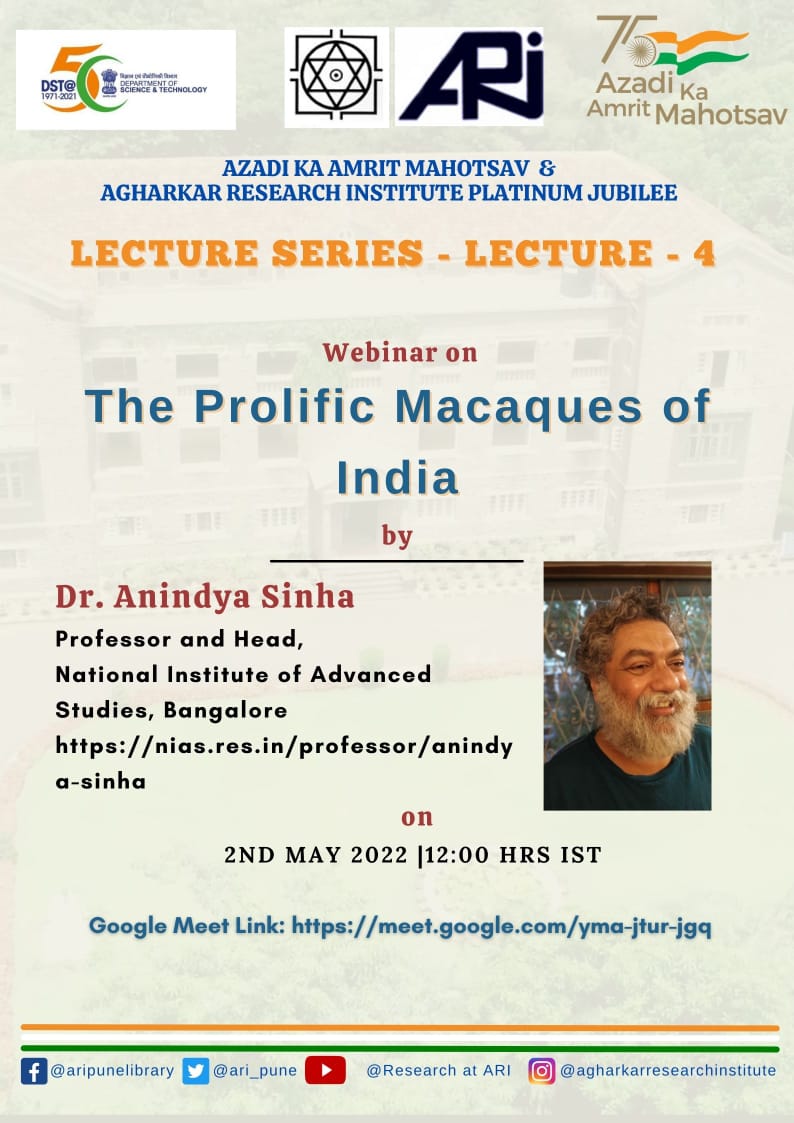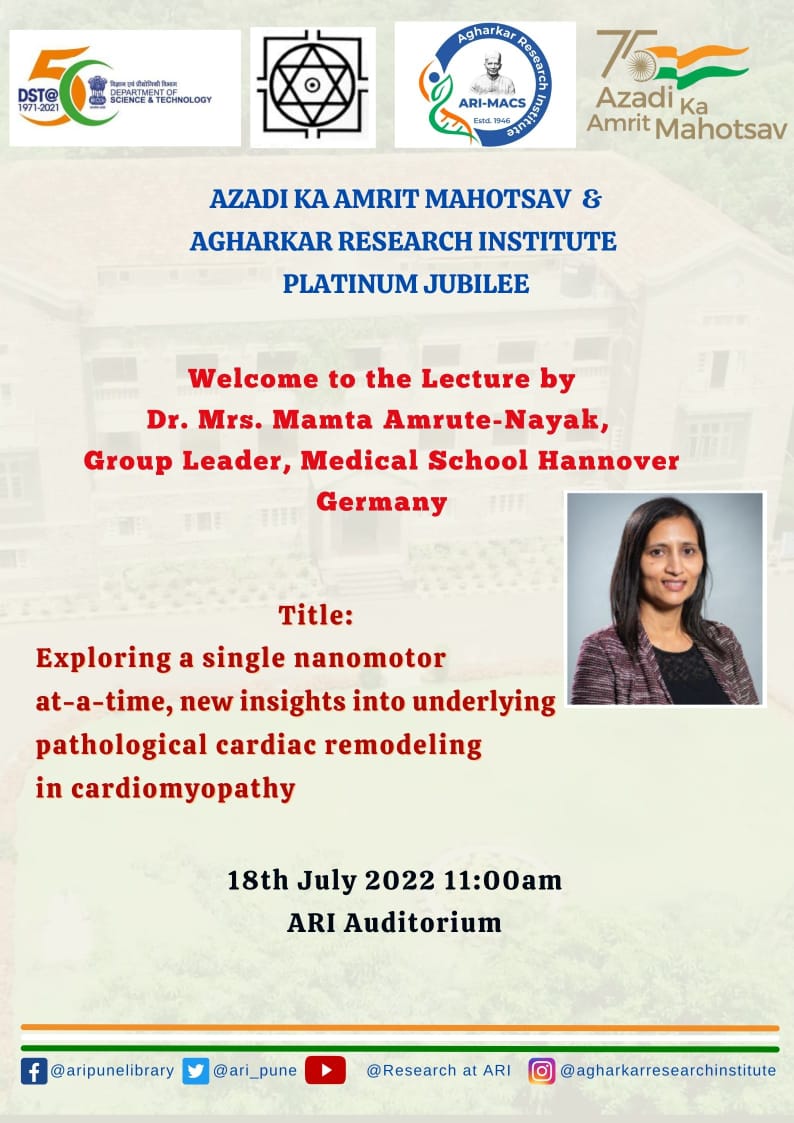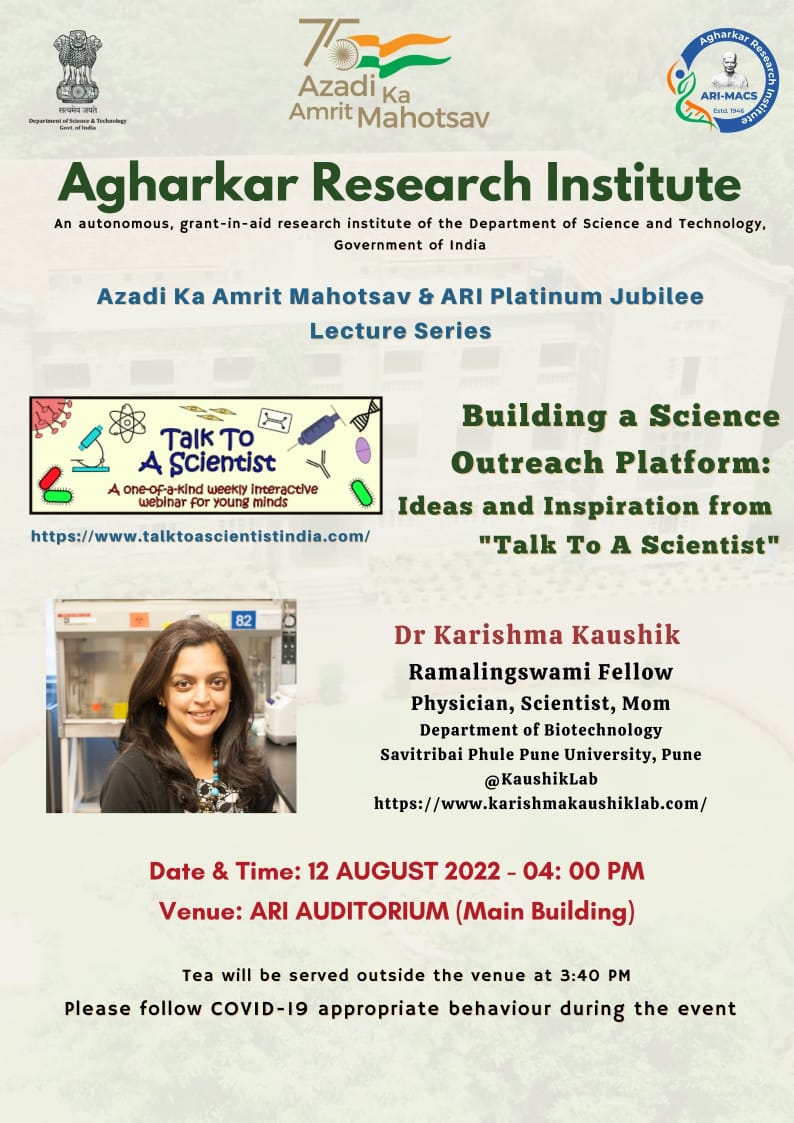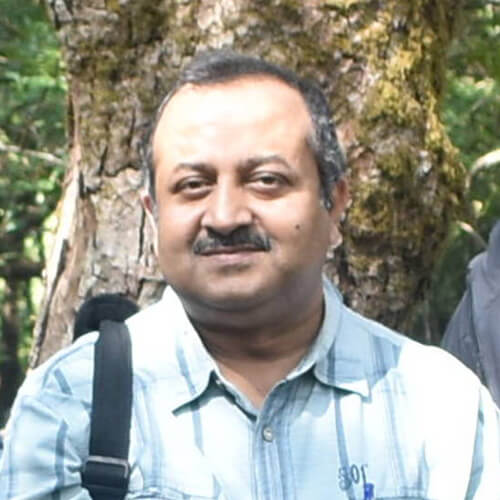
Google Scholar / Social Media
Name : Dr. Sanjay K Singh
Designation : Scientist – G
Brief Background :
Fungi have ancient linkage with human civilization display extraordinary structural and functional diversity exists in many pristine environments and diverse ecosites. Over the years emphasis has been on screening rapidly growing and easily cultured species of fungi. Recent trends however shifted towards lesser investigated taxa belonging to different taxonomic groups that may be a source of hitherto unrecognized/unusual chemicals of great potential to generate bioeconomy.
Documentation and databases reveal that global estimates of number of species identified continues to rise leading to increased source to be explored for biofertilizer, food, health and environmental applications. Fungi are prolific producers of enzymes and secondary metabolites including polyketide pigments such as carotenoids, melanins, azaphilones, flavins, phenazines, quinones, monascin, violacein, indigo, etc. Besides, fungi do have potential to produce biofuel.
Omnipresence and evolutionary ancestry make them interesting as model organism for biotechnological inventions. Current understanding on fungal biology has provided opportunity to acknowledge the wide range of applications useful in various sectors. Fundamental mycology, especially systematics, conventional taxonomy has seen dynamic change in recent past and has significantly supported the studies on biodiversity.
However, the modern sequence-based molecular approaches are getting more prominence.Knowledge on fundamental aspects help in protecting IPR and also compliment to the strategic requirements of in vitro culturing, authentication and conservation efforts being deliberated under flagship program of Convention on Biological Diversity (CBD) to support the country’s academic and industrial R& D program on sustained basis.
Contact Details :
+91 20 25325103 (Telephone)
+91 9552709158 (Cell Phone)
BSc, MSc& PhD (Botany-Mycology)
- B Sc [Botany & Chemistry] Kanpur University, UP, INDIA 1990
- M Sc [Botany-spl Plant Pathology] Kanpur University, UP, INDIA 1992
- Ph D Botany Gorakhpur University, UP, INDIA 1996
Fungi are considered promising goldmine for various applications and biotechnological inventions. Research interests are centred on discovering novel and uncommon fungi from pristine and other diverse habitats of Western Ghats and Himalayan regions in India.
Understanding structural diversity and biological relationships with plants and insects and exploitation of their metabolic potential in various sectors has been the primary interests. Examination of enntomogenous fungi and other biocontrol agents and their potential applications are another area of interests. Endophytic fungi from plants of unique ecological settings, and study of their bioactive substances, and authentication by conventional and modern methods; multigene sequencing and phylogenetic analyses is the main interests.
More recently, began to examine fungi producing colors/pigments for understanding the mechanisms of biosynthesis of polyketide pigments and their applications, primarily in textile and food industries. Capacity building and human resource generation in fundamental aspects of taxonomic mycology and conservation of indigenous fungal resources under the framework of CBD and Indian BD Acts & Rules are the high priority areas of interests. Besides, extending knowledge-based services and support R&D programs undertaken by academic, research institutions and industry.
- Rana S and Singh SK.2025.A new species of Waiteadescribed and illustrated based on morphology and phylogeny from Western Ghats, India. Phytotaxa 700 (3) 269-278.
- Rana S, Pawle G, Nischitha R and Singh SK. 2025.Diversity and biological activities of endophytic fungi: insights from in-silico docking studies. Brazilian Journal of Microbiology1007/s42770-025-01616-x
- Nischitha R and Singh SK 2025. Endophytic fungi of Cynodondactylon: a treasure trove of bioactive compounds. Archives of Microbiology 207(6):142. doi:10.1007/s00203-025-04296-1.
- Pawar K,Singh PN, and Singh SK.2025.Conidiobolussrinivasanii (Conidiobolaceae, Entomophthorales), a novel species from Western Ghats, Maharashtra, India.Phytotaxa 682 (2): 151–160.
- Rana S and Singh SK.2024. Discovery of Alanomycesmanoharacharyi: A novel fungus identified using genome sequencing and metabolomic analysis. Journal of Fungi 10(11):791
- Rana S and Singh SK. 2024. Fusarium kamalianum, a New Species of Fusariumfrom India from Ornamental Chamaedoreaseifrizii. Phytotaxa 659, 1-23.
- Singh PN, Singh SK, Rana S, Lagashetti AC. 2024. Agaricus agharkarii Fungal diversity notes 1717–1817: taxonomic and phylogenetic contributions on genera and species of fungal taxa (in Liu et al.) Fungal Diversity https://doi.org/10.1007/s13225-023-00529-0
- Rana S and Singh SK. 2023. Insights into the genomic architecture of a newly discovered endophytic Fusariumspecies belonging to the Fusarium concolor complex from India. Frontiers in microbiology 14,1266620.
- Borde M and Singh SK.2023. Enhanced production of cordycepin under solid‐state fermentation of Cordyceps militaris by using combinations of grains/substrates. Brazilian Journal of Microbiology https://doi.org/10.1007/s42770-023-01169-x
- Suthar M, Dufossé L, Singh SK. 2023. The enigmatic world of fungal melanin: a comprehensive review. Journal of Fungi.https://doi.org/10.3390/jof9090891
- Zehra A, Dhondge HV, Barvkar VT, Singh SK, Nadaf AB. 2023. Evidence of polyamines mediated 2-acetyl-1-pyrroline biosynthesis in aromatic rice rhizosphere fungal species Aspergillus niger. Brazilian Journalof Microbiology 54(4):3073-3083.
- Pawar KS, Singh PN, Singh SK. 2023. Fungal alkaline proteases and their potential applications in different industries. Frontiers in Microbiology 14:1138401. https://doi: 10.3389/fmicb.2023.1138401.
- Rana S, Singh SK andDufossé L. 2022. Multigene Phylogeny, Beauvericin Production and Bioactive Potential of FusariumStrains Isolated in India. Journal of Fungi 8, 662.
- Rana S and Singh SK. 2022. A review on beauvericin production from Fusarium, its biosynthesis, mode of action and bioactivities. Research J Biotechnology 17(2):149-157.
- Bali GK, Singh SK, Chauhan VK, Joshi N, Bhat FA, Malla WA, Ramanujam B, Varshney R, Kour M, Pandit RS. An insight in proteome profiling of Tuta absoluta larvae after entomopathogenic fungal infection. 2022. Scientific Data 9(1):507doi: 10.1038/s41597-022-01593-y.
- Lagashetti AC, Singh SK, Singh PN.2022.Keithomyces indicus nov. in Crous et al. Fungal Planet Description Sheets 1383–1435. Persoonia 48: 261– 371.
- Lagashetti AC, Singh SK, Dufossé L, Srivastava P and Singh PN. 2022. Antioxidant, antibacterial and dyeing potential of crude pigment extract of Gonatophragmiumtriuniaeand its chemical characterization. Molecules 27: 393. https:// doi.org/10.3390/molecules270203
- Rana S and Singh SK. 2020. Srinivasanomyceskangrensis Gen et sp. nov. In: Fungal diversity notes 1151–1276: taxonomic and phylogenetic contributions on genera and species of fungal taxa (Hyde et al. 2020). Fungal Diversity 100: 156-159.
- Singh SM and Singh SK. Bhagirathimyceshimalayensis Gen et sp. nov. In: Fungal diversity notes 1151–1276: taxonomic and phylogenetic contributions on genera and species of fungal taxa (Hyde et al. 2020). Fungal Diversity100: 93-101
- Lagashetti A, Dufossé L, Singh SK and Singh PN. 2019. Fungal Pigments and their Prospects in Different Industries. Microorganisms7(12): 1-36
- Singh PN and Singh SK. 2019. Neoacladium indicum Gen et sp. nov. Fungal diversity notes 1036–1150: Taxonomic and phylogenetic contributions on genera and species of fungal taxa (Hyde et al. 2019). Fungal Diversity 96 (1): 189–200.
- Rana S and Singh SK. 2019. Kamalia indica, a new genus and species belonging to Diaporthales (Ascomycota, Fungi) described based on morphology and molecular phylogeny. Phytotaxa 427(4): 233–243
- Mehta N, Hagen F, Aamir S, Singh SK and Baghela A. 2017. Development of a High-Resolution Multi-Locus Microsatellite Typing Method for Colletotrichum gloeosporioides. Mycobiology45(4): 401- 408.
Book/Monograph Published
- Manoharachary C, Singh HB, Singh SK and Sharma YP (Editors). 2025. Developments in Applied Microbiology and Biotechnology: Biodiversity, Bioengineering, and Biotechnology of Fungi. Academic Press (An Imprint of Elsevier), pp. 763.
- Tarafdar JC, Kumar D, Singh SK, and Singh KP. 2025. Nanobiotechnology for Agricultural Sciences: Nano-Agri-Input Products for Crop Production and Environmental Protection. Apple Academic Press Inc., pp.544.
- Singh SK, Kumar D, Md. Shamim, Sharma R. (editors). 2023. Applied Mycology for Agriculture and Foods: Industrial Applications. Apple Academy Press (AAP), pp. 504.
- Gupta N, Manoharachary C, Singh SK, Behera R and Mekro P. 2023. Fungi of Odisha. Part II. Regional Plant Resource Centre, Forest, Environment and Climate Change Department. Government of Odisha, Nayapalli, Bhubneshwar, pp. 276.
- Srinivasan MC and Singh SK.2022.Practical Guidebook to Actinomycete Biology and Technology Applications. MACS-Agharkar Research Institute, Pune, pp.116 (ISBN 978-81-955906-0-5).
- Manoharachary C, Atri NS, Prameela Devi T, Kamil D, Singh SK and Singh AP. 2022. Bilgrami’s Fungi of India, List and References (1988-2020). Today & Tomorrow’s Printers and Publishers, New Delhi, pp. 475 (ISBN: 9789391734411).


